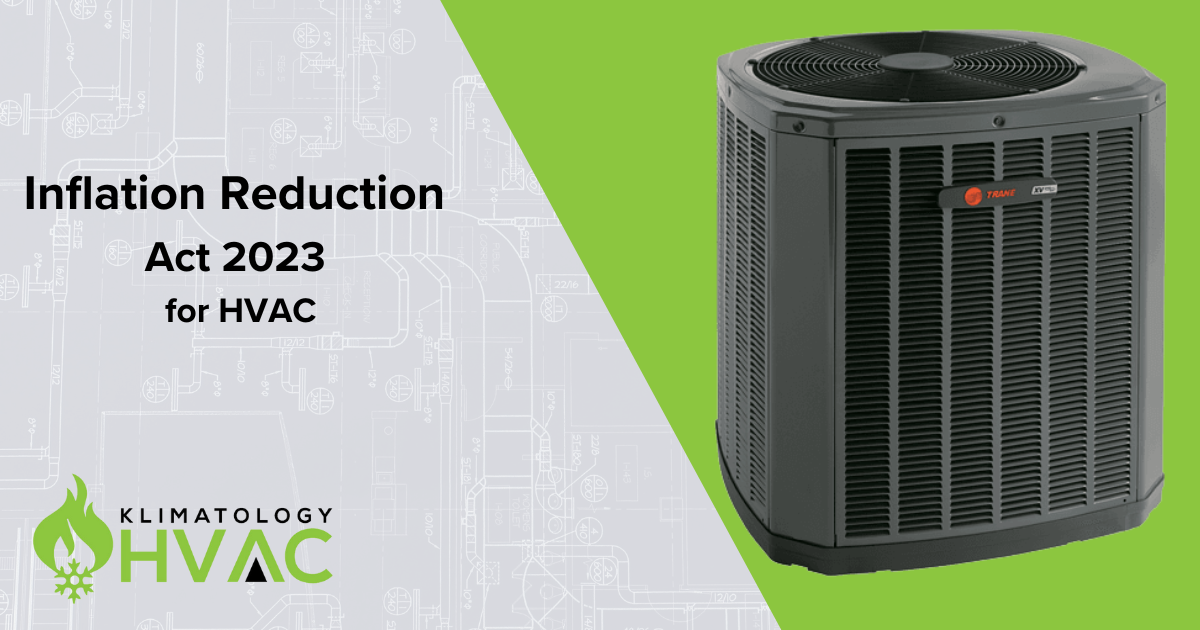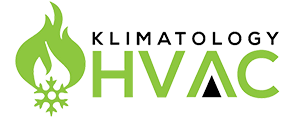
As homeowners, we all know that the cost of heating and cooling our homes can be a significant expense. That’s why it’s important to stay informed about the latest government policies that can impact the affordability of HVAC systems. One such policy is the Inflation Reduction Act, which offers rebates to homeowners for qualifying systems.
What is the Inflation Reduction Act?
The Inflation Reduction Act (IRA) is a government policy signed into effect in August 2022, offering tax incentives to homeowners when they make green upgrades to their homes. This includes energy-efficient windows, doors, water heaters, furnaces, and heating and cooling systems. The IRA encourages homeowners and businesses to make changes to address climate change and slow down global warming.
What does the Inflation Reduction Act offer HVAC customers?
By providing tax credits for energy-efficient upgrades, the IRA makes it more affordable for homeowners to invest in high-quality HVAC systems. These upgrades can help reduce energy consumption and lower monthly utility bills, which can add up to significant savings over time.
In addition to the tax credit, the IRA can also help spur innovation in the HVAC industry by encouraging manufacturers to develop more energy-efficient products. This can lead to a wider selection of affordable, high-quality HVAC systems for homeowners to choose from.
Energy Efficient Home Improvement Tax Credit (25C)
The Energy Efficient Home Improvement Tax Credit (25C) is one of the most important aspects of the IRA for homeowners. This program, which was originally enacted in 2006, was extended through 2021 as part of the Consolidated Appropriations Act and later improved for the IRA in 2023.
Under the Energy Efficient Home Improvement Tax Credit (25C), homeowners can claim a tax credit of up to 10% of the cost of certain energy-efficient upgrades to their homes. This credit is available for upgrades to items such as insulation, windows, doors, and roofs, as well as for certain heating and cooling systems, such as air conditioners, furnaces, and boilers.
To qualify for the tax credit, homeowners must ensure that their upgrades meet specific energy efficiency standards (generally, most systems over 16 SEER2 will qualify for a rebate). Here’s a breakdown of how the credit has been improved in 2023:
- Provides homeowners up to 30% of qualified installation costs
- Annual cap of 30% of the installed costs with maximum of $1,200
- Qualified air conditioners or furnaces may received up to $600 each
- Separate annual limit of $2,000 for qualified heat pump
- Homeowner could claim up to $3,200 in credits annually
- Program lasts through December 31, 2023
If you’re considering an upgrade, check your model number with Trane’s lookup tool, to see what type of incentives are available. You can also use this page to download the necessary manufacturer’s certificates for your new system. Goodman’s Rebate Center also allows you to look up your model number to see what incentives are available to you. The certificates for Goodman are located here.
The Energy Efficient Home Improvement Tax Credit (25C) can help homeowners save money on their energy bills and reduce their carbon footprint. Upgrading to more energy-efficient systems can also increase the value of a home and make it more attractive to potential buyers. By encouraging energy-efficient upgrades, the program is helping to promote sustainable living and reduce the overall energy consumption of homes across the country.
To claim the tax credit, homeowners must file IRS Form 5695 along with their annual tax return. They should keep documentation of their upgrades and any related costs in case of an audit.
Homeowners who are considering energy-efficient upgrades to their homes should consult with a licensed tax professional to ensure that their upgrades meet the necessary criteria and to take advantage of the tax credit.
In conclusion, the Energy Efficient Home Improvement Tax Credit (25C) from the Inflation Reduction Act is an important government policy that can make HVAC the most efficients systems more affordable for homeowners. By taking advantage of the tax credit available under the IRA, you can upgrade your HVAC system to a more energy-efficient model and enjoy the benefits of improved comfort and lower energy bills for years to come.

